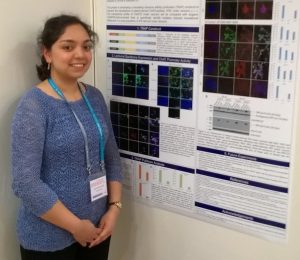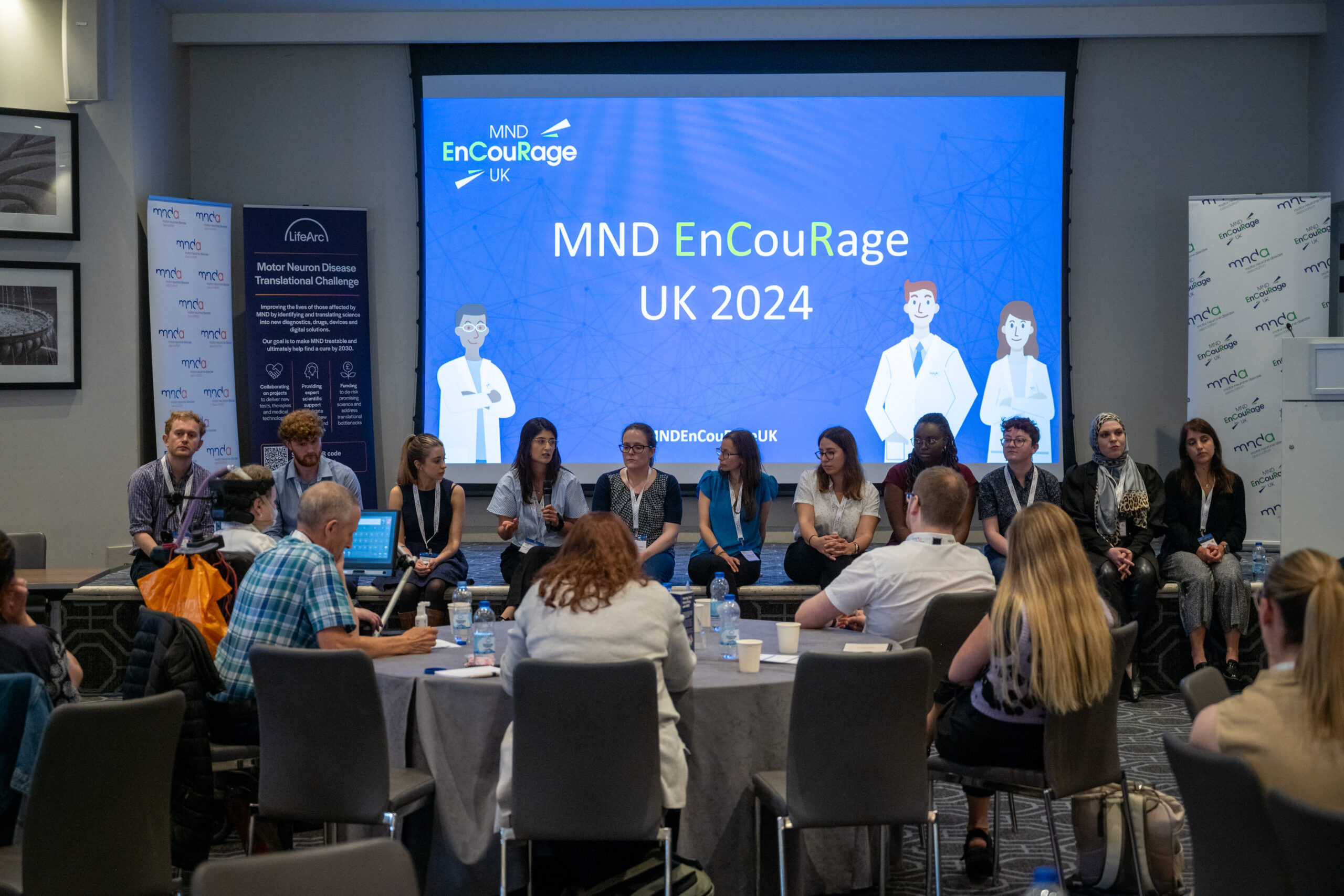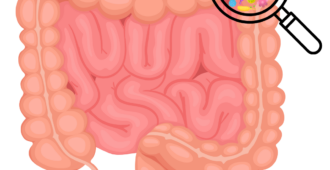Each year, the MND Association dedicates the month of June to raising MND awareness. This year, we focus on the eyes – in most people with MND the only part of their body they can still move and the only way left for them to communicate. Alongside the Association-wide campaign, the Research Development team selected six most-enquired about topics, which we will address through six dedicated blogs.
In this blog I’ve chosen to write about two examples of how stem cells are used in MND research – one example from a stem cell therapy clinical trial and the other example from how stem cells are used in the lab. Before explaining these in more detail, I felt it would be helpful to have a brief introduction to stem cells – and signpost you to other sources of information along the way.
Introducing stem cells
Stem cells are basic cells that have the potential to grow into any cell type – whether that’s heart cells or liver cells, muscle or motor neurones. Another way of putting it is that stem cells are cells that don’t know what they want to be when they grow up. To realise their potential and to convert themselves into other cell types, stem cells need triggers from the body – or chemicals added in the lab – that push them towards becoming more specialised cells.
Researchers are interested in stem cells for their potential to understand and treat human diseases. Across many areas of medical research there has been huge interest in using stem cells as a therapy to treat disease. There are a number of possibilities in terms of how stem cells might be beneficial in MND. For more information, see our website and information sheet on stem cells.
Stem cell clinical trials
The development of a stem cell therapy needs to think about the same things that a conventional drug therapy would do, as described in Martina’s earlier blog post. In the case of the Neuralstem studies, they began their studies in animal models to see if their way of giving stem cells was safe and being able to follow what happens to them in great detail, before eventually giving them to people with MND.
Neuralstem’s approach is to inject stem cells directly into the spinal cord. The stem cells were originally taken from a human embryo spinal cord, and grown to create a stable cell line. The cell line was created with ethical approvals (known as IRB approval in USA) and to current Good Manufacturing Process – ensuring that the cells are ‘pharmaceutical grade’. All subsequent Neuralstem studies have used this cell line. After extensive studies in animals, they have shown these stem cells can safely be given to people with MND. The website of one of the centres involved in this research say that new trials are underway, but no timelines are given as to when.
You can watch an excellent overview talk about stem cell therapy from the International Alliance’s Ask the Experts session, recorded in Dublin in December 2016 (the stem cell talk begins about 28 minutes through the video).
Stem cells to help increase our understanding of MND
In order to find an effective treatment for MND, it is essential for scientists to understand what goes wrong in diseased motor neurones, ideally in human motor neurones affected by MND. Prior to the discovery of stem cells, it wasn’t possible to study living human motor neurones in the lab. Researchers used either motor neurones from animal models of MND, or studied human post-mortem tissue from those who donated their brain and spinal cord for MND research.
Ten years ago, Japanese researchers developed a way of taking skin cells and ‘turning back the clock’ or triggering them to lose their specialisation and become ‘stem cell-like’ again. These stem cell-like cells are known as induced pluripotent stem cells or iPSCs.
We know that iPSCs can be converted into cells that are affected by MND such as motor neurones and their support cells known as ‘glia’. Where the origin of the iPSCs are skin cells from people with MND, the motor neurones they grow into show signs of MND. (MND iPSCs are usually created using skin cells from people with the rare, inherited form MND, where the disease is caused by gene defects).
We are funding researchers around the UK to understand more about MND using iPSC technology. For example at the University of Oxford, Chaitra Sathyaprakash is drawing to the end of the first year of her PhD research using iPSCs in Professor Talbot’s lab.

Chaitra is studying the most common type of inherited MND caused by a defect in the ‘C9orf72’ gene. One potential cause of its toxicity is the way that the gene is read. She is looking at which parts of the gene are read, and whether blocking parts of the gene from being read protects the motor neurones. If so, a permanent ‘reading block’ may be a possible treatment for this form of MND.
In a previous blog post we wrote about another MND Association-funded research project using iPSCs to understand MND. Dr Gareth Miles and colleagues at St Andrews University in Scotland are looking at the changes in electrical properties of motor neurones affected by MND. You can read more about this here.
More information about stem cells and MND can be found on our website and in our information sheet.






I agree that stem cells are a very special and fundamental reservoir of cells which are constantly multiplying. These cells have no specialized roles until they receive the triggers from the body to go where needed.
I therefore agree with the statement that they are indeed cells that do not know what want to be when they grow up, until receiving the right signals.